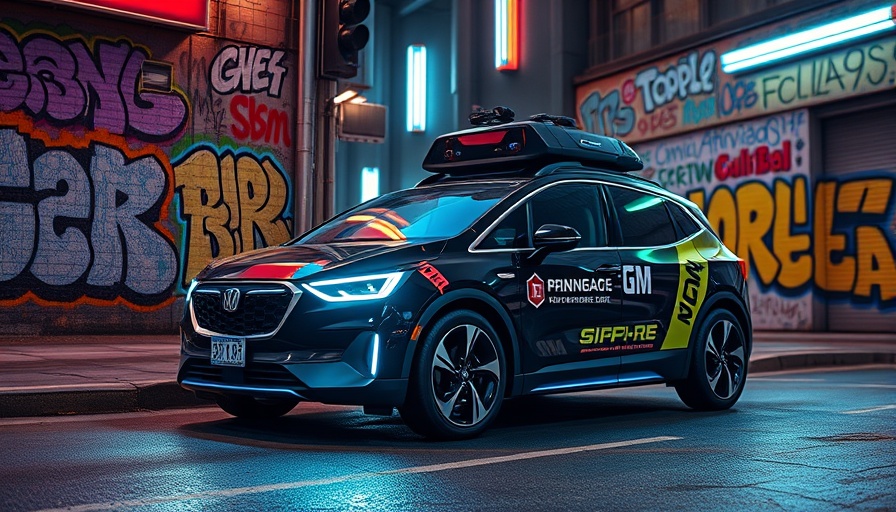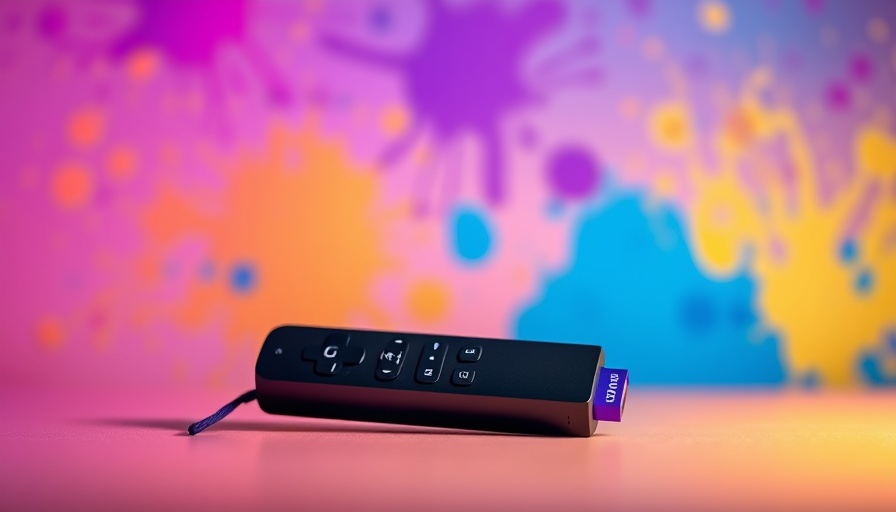
Exploring the Revival of GM's Cruise Cars: A New Phase for Autonomous Technology
General Motors (GM) has decided to breathe new life into its Cruise vehicles, though not in the way initially anticipated. After the abrupt halt of its self-driving taxi business last year, sightings of repurposed Bolt EVs have been reported across three states in the U.S.–Michigan, Texas, and the San Francisco Bay Area. These cars, however, are not picking up passengers; instead, they are being tested by human drivers equipped with advanced technology to bolster GM's development of driver-assistance systems.
Revamped Testing Amid Previous Challenges
The renewed focus on testing comes after a series of setbacks for the Cruise project, particularly following a pedestrian accident that culminated in the termination of its robotaxi operations. GM’s spokesperson, Chaiti Sen, confirmed that the company is using a controlled number of these vehicles, devoid of the Cruise branding, which is indicative of a strategic pivot towards safer, more controllable scenarios for testing. This shift illustrates GM's broader strategy of leveraging its investments in autonomous technology for improvement in existing safety systems like the Super Cruise, which enhances drivers' control.
Implications of Recent Developments in Driver Assistance
GM’s decision is part of a larger narrative where the automaker and others are racing to create vehicles that can perform various driving tasks on their own. This ambition aligns closely with trends in future technology where autonomous driving is no longer just a concept but a practical integration into everyday vehicles. According to GM, approximately 60% of its 360,000 Super Cruise users regularly utilize this function, reflecting a growing acceptance and reliance on partially autonomous technology among consumers.
Market Competition and Positioning
Currently, the robotaxi landscape is largely dominated by Waymo, which is ahead in the development and deployment of such services. Tesla and other manufacturers are also feeling the pressure to innovate while managing the hurdles presented by technology’s rapid advancement and regulatory challenges. As industry leaders vie for a competitive edge, they'll need to ensure that autonomous technology prioritizes safety and reliability, especially given the high stakes involved.
Future Predictions and Opportunities
As GM refines its autonomous technologies, the company's future in this arena could hinge on successfully merging safety features with user expectations. The investment into artificial intelligence driven technologies to improve systems like Super Cruise underscores the importance of adaptive learning and enhancements that cater to driver needs. With innovations in robotics and AI, the potential opportunities for future automotive developments are expansive, indicating a robust growth trajectory in the automotive sector.
What This Means for Consumers
For drivers, knowing that major automotive manufacturers are testing and refining driver-assistance features may enhance consumer confidence in purchasing vehicles with such technologies. Additionally, as the tech news today highlights, future technology trends could include the seamless integration of smart home devices with automotive systems, offering consumers more control than ever before.
Cautiously Optimistic: Navigating the Road Ahead
While the revival of GM's Cruise vehicles presents a significant step forward for the company, the broader concerns regarding public perception of autonomous vehicles remain. As safety incidents continue to draw scrutiny, automotive companies must navigate the challenging landscape of public trust and regulatory frameworks. Thus, what begins as a cautious return to road testing could blossom into a pioneering effort that revitalizes public perception and shapes new standards in automotive safety.
In conclusion, GM's strategic repurposing of the Cruise vehicles signifies not just a back-to-basics approach but an adaptation to meet the demands for safety and technology that modern drivers expect. As the automotive industry evolves, keeping abreast of developments in AI and robotics innovations will be critical for consumers and industry stakeholders alike.
 Add Row
Add Row  Add
Add 




 Add Row
Add Row  Add
Add 

Write A Comment